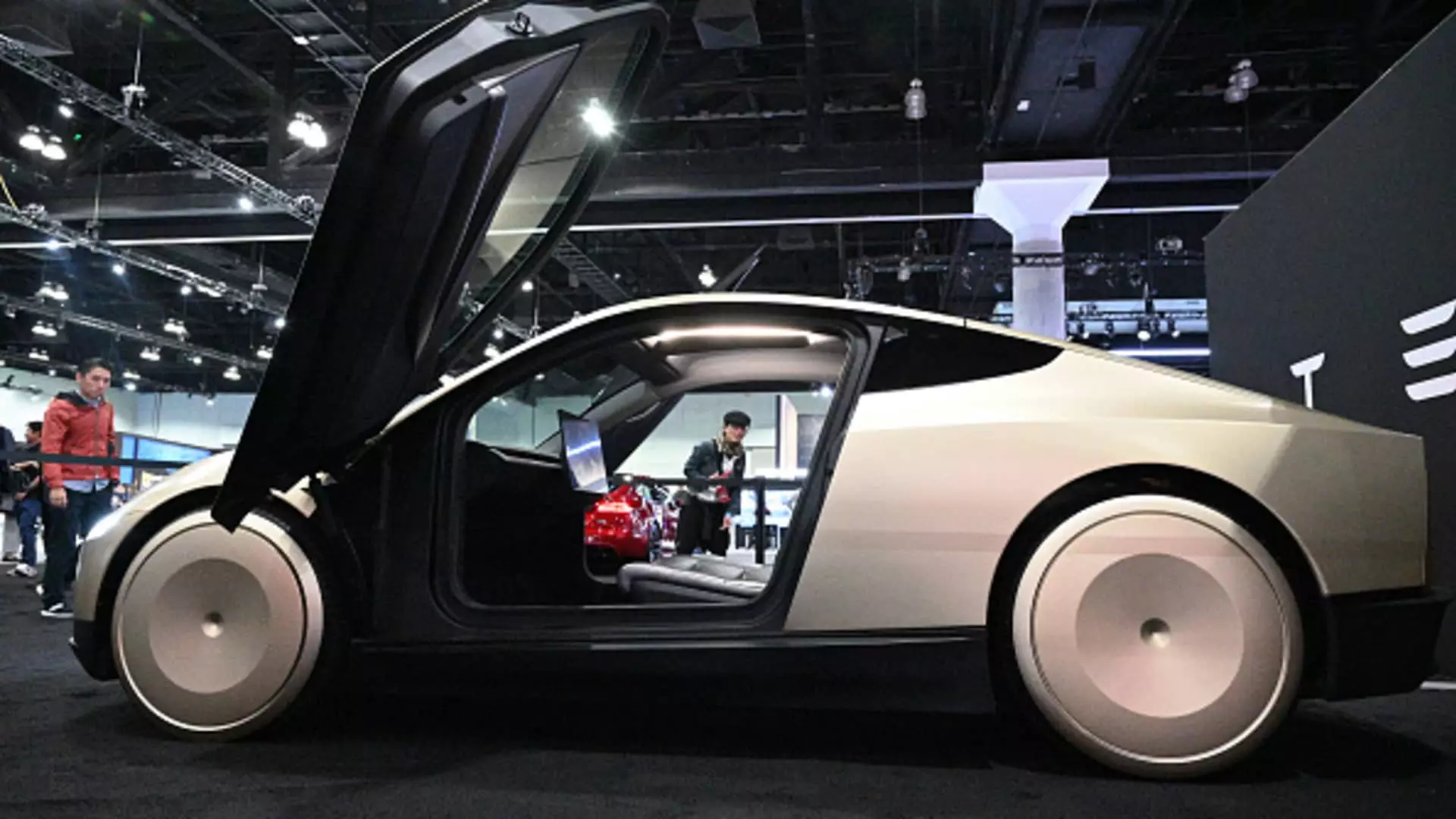The California Department of Motor Vehicles (DMV) is on the verge of rolling out what may be the most comprehensive regulations for autonomous vehicles (AVs) in the United States. As these rules take shape, they promise to establish an expected balance between fostering innovation within the automotive industry and maintaining public safety standards that cannot be compromised. With a push toward public comment and a commitment to transparency, California is positioning itself as a leader in the future of self-driving technology. However, beneath the surface of innovation lies a complex tapestry of ethical obligations and technological readiness that begs for critical examination.
The assertion that these new regulations “underscore the DMV’s commitment to enhancing public safety” should not be taken at face value. While the intention to improve safety measures is commendable, one must question whether the regulatory framework is genuinely equipped to handle the intricacies of real-world interactions between autonomous vehicles and human drivers. In a state notorious for its traffic congestion and diverse driving behaviors, is the DMV realistically capable of evaluating vast amounts of data and real-world scenarios? The answer may be convincing, but it has yet to be proven in practice.
The Competitive Landscape Shifts
The race to develop autonomous vehicles has elevated into a fierce competition among industry giants like Tesla, Waymo, Zoox, and even lesser-known players like WeRide. Tesla, often touted as the leader in EV technology, has yet to achieve the necessary permits to deploy fully autonomous vehicles in California. Instead, it is competitors like Waymo that have already begun to operate their robotaxi services in densely populated urban environments.
This developing narrative puts a spotlight on Tesla’s shortcomings while simultaneously highlighting how the regulatory environment favors those who engage proactively with safety measures and permissions. Can the alleged slow pace of Tesla’s roll-out be attributed to a disjointed approach to engaging with the regulatory landscape? Perhaps. However, it raises critical questions about accountability and the ethical responsibility of tech companies when facing regulatory scrutiny. Are they prepared to embrace the regulations, or will they continue to walk the tightrope of innovation versus safety?
Strict Guidelines Ahead
The proposed regulations introduce specific permitting requirements for companies aiming to test their self-driving vehicles. This layered approach necessitates vehicle manufacturers to first acquire a permit for testing with human safety drivers, followed by permissions for driverless testing and ultimately for deployment. While the protocol appears thorough on the surface, one cannot help but wonder about the realities of implementation.
Additionally, the new rules allow for the testing of autonomous trucks weighing over 10,001 pounds. Such moves seem ambitious, especially when considering the diverse and often unpredictable nature of road usage. Will these trucks be able to respond to emergency situations as effectively as their human counterparts, especially when the stakes are extraordinarily high? The road to full autonomy is fraught with complexities that the industry may be ill-prepared to handle.
Data-Driven Accountability
Alongside public safety, the regulations demand that autonomous vehicle manufacturers adhere to stringent data-reporting requirements. This call for accountability is long overdue, especially in the light of previous criticisms regarding misleading marketing practices surrounding Tesla’s Autopilot and Full Self-Driving features. Companies like Tesla must grapple with the reality that technology alone cannot substitute for responsible communication with consumers. The ongoing lawsuit against the automaker underscores the urgent need for data transparency in an industry still in its infancy.
But will insight gathered from these data-reporting requirements foster a more responsible development cycle or will it merely serve as another bureaucratic layer that hampers innovation? This question remains pivotal as California crafts its regulations for the future of AVs.
The Ethical Dilemma of AVs
At the end of the day, the advancements in autonomous technology raise ethical questions that cannot be sidelined. What happens when an AV must make life-and-death decisions? Will the algorithms governing these vehicles prioritize passenger safety over that of pedestrians? As we forge ahead into the realm of self-driving cars, the ethical frameworks surrounding these decisions ought to be at the forefront of our conversations. California’s ambitious plans may catapult AV technology to new heights, but they must remain tethered to moral considerations concerning human life and responsibility.
As the public engages in this transformative discussion, let us hope that California’s regulatory approach serves as a model for responsible innovation that respects both human life and technological progress.

